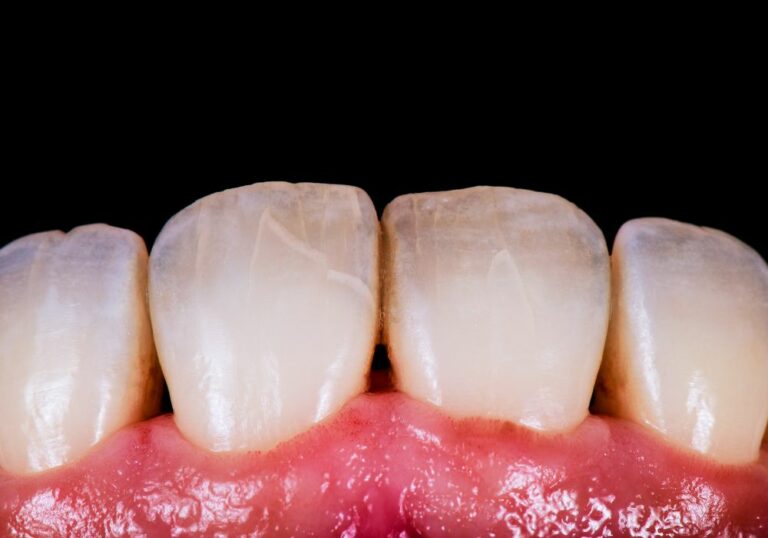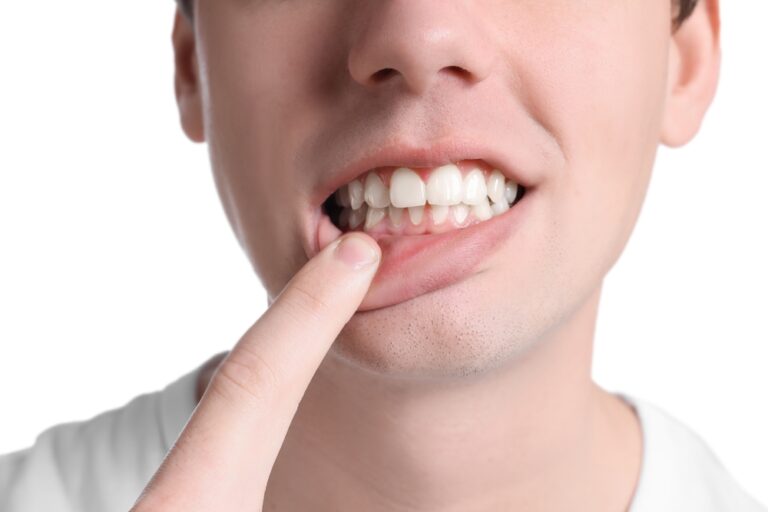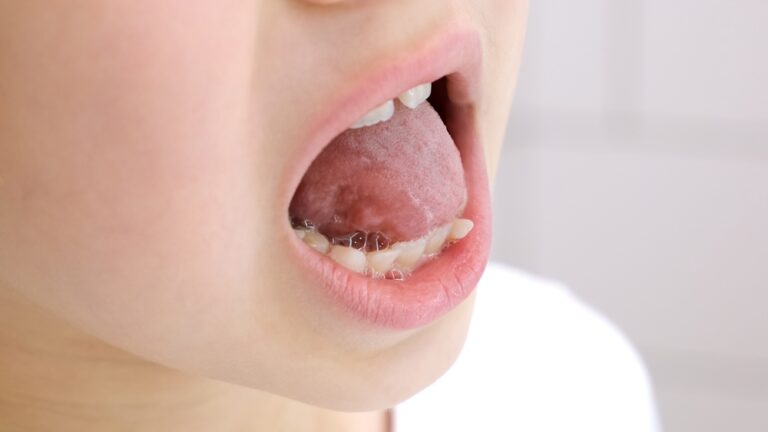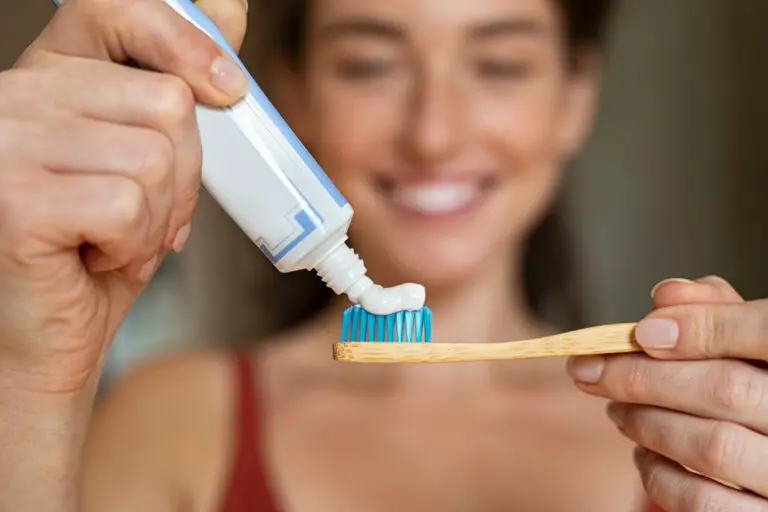Tooth decay, also known as cavities or caries, is a common problem for children. Baby teeth are especially vulnerable as they are smaller and weaker than permanent teeth. Cavities in baby teeth can progress quickly, sometimes destroying the tooth completely. However, there are steps parents can take to stop and even reverse cavities in baby teeth. With early intervention, many rotten baby teeth can be saved.
What causes tooth decay in children?
Tooth decay occurs when bacteria in the mouth break down sugars from food and drink into acids. These acids eat away at the enamel, the hard outer coating of the teeth. Over time, they form holes or cavities.
Several factors influence a child’s risk of developing cavities:
- Sugary foods and drinks - Bacteria thrive on sugar. Frequent snacking and sipping on sugary foods and juices give bacteria ample fuel to produce acids. Foods that cling to teeth longer like candy, cookies, and potato chips prolong acid attacks.
- Poor oral hygiene - Not thoroughly brushing and flossing allows plaque (a sticky film of bacteria) to build up. Plaque constantly releases acids that weaken enamel. Poor technique and inadequate brushing time leave decay-causing bacteria behind.
- Low fluoride - Fluoride strengthens and protects tooth enamel. Children who don’t get enough fluoride from tap water, toothpaste, or other sources are more prone to cavities. Fluoride makes enamel more resistant to acid and helps remineralize early decay.
- Saliva flow - Saliva washes away food debris and neutralizes acid. Reduced saliva leaves teeth vulnerable to decay. Some medicines, chronic illnesses, and mouth breathing can cause dry mouth. Without saliva’s protective effects, decay risk escalates.
- Deep pits and grooves - The chewing surfaces of back teeth have crevices that are hard to clean. Food and bacteria can get trapped, starting decay. Sealants fill in the pits and grooves to prevent this.
- Enamel defects - Weak spots, cracks or poorly formed enamel are more likely to decay. This can be caused by childhood illness, trauma, premature birth, or poor prenatal nutrition. Defective enamel is a target for acid to penetrate.
How quickly do cavities develop in baby teeth?
Decay can progress rapidly in baby teeth due to their thinner enamel and softer dentin beneath. Cavities can appear in as little as 3-6 months if teeth are continuously exposed to sugars and acid. Warning signs include:
- Chalky white spots on teeth near the gums
- Brown, black or frosted glass appearance
- Visible pits, holes or breakdown of the enamel
- Tooth structure that looks or feels soft
- Darkened areas between teeth
- Cavity at gumline with pink, swollen gums
- Sensitivity to hot, cold or sweet foods
Without treatment, the decay will spread deeper into the tooth. It can reach the blood vessels and nerves in the pulp in as little as 6-8 months. Eventually it may become so extensive that it impacts the nerve, requiring extraction. This is why it’s critical to treat cavities in baby teeth as soon as possible.
Can you reverse decay in baby teeth?

The good news is decay can be stopped and reversed if caught early. The key is to minimize the bacteria, acid and sugary feeds. There are several effective methods to treat and heal cavities without drilling:
1. Improved oral hygiene
- Brush teeth thoroughly 2x per day with fluoridated toothpaste
- Use a soft-bristled brush and gentle circular motions
- Floss between teeth once a day, including behind back molars
- Use antibacterial mouth rinse daily
- Clean between teeth after meals and sweets
This removes plaque and bacteria that cause decay. Fluoride in toothpaste strengthens enamel and reverses early decay. Flossing is essential to clean between the teeth where cavities often start.
2. Diet changes
- Limit sugary foods and drinks, especially sticky or slowly dissolving kinds
- Avoid constant snacking and sipping on carbs or sugars
- Drink more water and milk instead of juice or soda
- Eat crunchy fruits and vegetables like apples, carrots, celery
- Choose nutritious snacks like cheese, yogurt, vegetables
- Avoid sweetened milk, juices, cereal, and granola bars
Reducing sugar deprives bacteria of their food source. Crunchy produce also helps clean teeth. Drinking more water and milk washes away acids and provides enamel-strengthening calcium and phosphate.
3. Fluoride treatments
Additional fluoride can be applied to teeth through:
- Fluoride varnish painted on teeth 2-4 times per year
- Prescription fluoride toothpaste or alcohol-free mouth rinse
- Custom dental trays with high concentration fluoride gel
- Fluoridated water
Fluoride makes enamel more resistant to acid attacks. It also reverses very early decay by replacing lost minerals in weakened areas. Fluoride continues strengthening teeth even after the treatment.
4. Sealants
These are plastic coatings applied to the chewing surfaces of back teeth. Sealants fill in the pits and grooves to prevent food and bacteria from getting trapped. They are highly effective at stopping decay from developing in vulnerable areas.
5. Xylitol
This natural sweetener reduces bacteria that cause cavities. It comes in gum, lozenges, syrup and some peanut butters. Xylitol supports oral health while satisfying a child’s sweet tooth safely. Chewing xylitol gum increases saliva flow to wash away acid.
6. Chlorhexidine
This prescription antibacterial rinse applied weekly reduces decay-causing bacteria. Used with other therapies, chlorhexidine can help reverse early cavities.
With diligent home care and fluoride treatments, many early cavities can be reversed. But if a cavity is more advanced, a dentist may recommend:
- Silver diamine fluoride - Stops decay and toughens tooth structure
- Composite filling - Fills cavity with tooth-colored material
- Pulpotomy - Removes infected pulp and covers with filling
- Stainless steel crown - Covers and protects seriously decayed teeth
- Extraction - Removes tooth if decay is too severe
The key is not to wait until major destruction occurs. At the first sign of decay, take measures to remineralize and repair the tooth before it worsens.
What are signs of seriously decayed baby teeth?
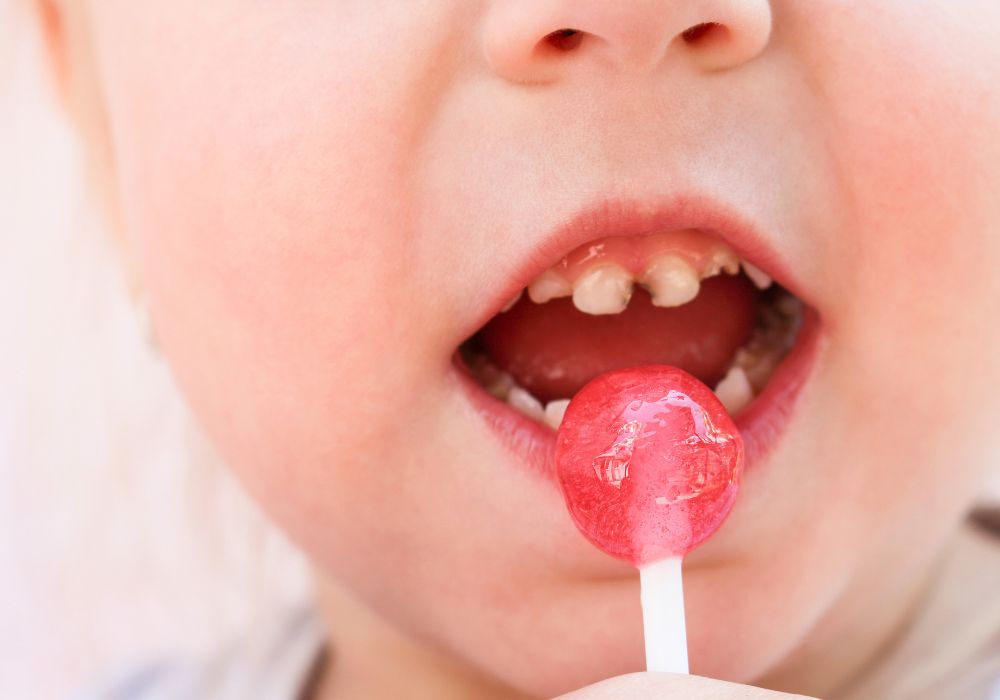
While mild to moderate decay can be arrested, severe cavities pose complications. Contact a pediatric dentist right away if you notice:
- Swelling, pus, or abscess of the gums near the affected tooth
- Loose tooth, or child complaining the tooth hurts when chewing
- Darkening color - healthy teeth are white or off-white
- Hard, enlarged lymph nodes under the jaw
- Fever, foul taste, or bad breath along with tooth pain
- Marked difficulty eating or sleeping
- Ongoing throbbing pain not relieved by OTC medication
- Sinus congestion, runny nose, snoring
These are signs the decay may have extended deep into the tooth and infected the nerve. The longer it goes on, the more damaging it becomes. At this point the tooth often can’t be saved and must be pulled.
When should decayed baby teeth be extracted?
Rotten baby teeth usually require extraction if:
- Decay has damaged the nerve, causing an abscess
- Tooth is loose, painful, or prevents normal eating
- Fever, facial swelling or other signs the infection is spreading
- Decay is too extensive to restore with a filling or crown
- Child is at risk of swallowing or inhaling the loose tooth
- Tooth is blocking eruption of permanent tooth
Ideally, baby teeth should last until around age 6-8 when they fall out naturally. But if decay is causing harm, the sooner the tooth is removed, the better. Pediatric dentists are specially trained to extract baby teeth in the safest, most comfortable way.
Can cavities in baby teeth affect permanent teeth?
Cavities left untreated can have serious consequences that impact the underlying permanent teeth, including:
1. Space loss
Baby molars hold space for permanent molars developing under them. If a severely decayed baby molar is lost prematurely, adjacent teeth may shift into the empty space. This can cause crowding and misalignment when the permanent tooth comes in.
2. Jaw problems
Missing several baby teeth early disrupts chewing and can alter proper jaw development. This may lead to orthodontic problems like overbites, underbites or crooked teeth once permanent teeth erupt.
3. Damaged eruption
Severe decay at the root of a baby tooth can destroy cells needed for the permanent tooth to erupt properly. This can cause delayed eruption, abnormal positioning or malformed permanent teeth.
4. Eruption cysts
Infection from decayed baby teeth can spread to the developing permanent tooth, forming a fluid-filled sac that blocks eruption. The cyst must be surgically removed to allow the permanent tooth to come in.
5. Other orthodontic issues
Asymmetric or uneven loss of baby teeth due to decay can shift the position of permanent teeth. This may require braces or other orthodontic treatment to realign the permanent bite.
That’s why cavities in baby teeth should be treated promptly. Stopping decay preserves space and ideal alignment for permanent teeth.
How can parents prevent baby teeth decay?

Parents play a key role in protecting little teeth from cavities. Here are some tips for keeping baby teeth strong and healthy:
- Clean gums with a soft cloth daily, even before teeth erupt
- Use a smear of fluoride toothpaste when first teeth appear, around 6-12 months
- Switch to a pea-sized amount of fluoride paste by age 2
- Brush teeth gently twice a day
- Supervise brushing until child demonstrates good technique, around age 8
- Floss child’s teeth once a day when contact points develop
- Limit sugary foods and drinks
- Provide healthy snacks like yogurt, cheese, vegetables
- Give only water or milk in sippy or bottles after 1 year old
- Don’t share spoons or clean pacifiers with your mouth
- See a pediatric dentist when first tooth erupts or by 1st birthday
- Request fluoride varnish treatments at dental visits
- Ask about sealants to protect back teeth
The habits and diet patterns established early on truly impact a child’s risk for cavities throughout life. Starting good oral hygiene and nutrition when baby teeth first appear allows parents to protect those little smiles.
Frequently Asked Questions
How do you fix a cavity in a baby tooth?
Minor cavities in baby teeth can often be reversed at home through diligent brushing, flossing, fluoride treatments and diet changes. If the decay is more advanced, the dentist may use silver diamine fluoride to stop it, fill the cavity with composite resin material, do a pulpotomy to remove infected pulp, or fit a stainless steel crown over the tooth.
Should decayed front baby teeth be pulled?
It depends on the severity. Small cavities in front teeth can usually be filled to preserve the tooth. But if the decay is extensive, causing an abscess or severely damaging the tooth, extraction is often necessary. The permanent front teeth will then take the place of the lost baby teeth. Keeping decayed front teeth risks infection spreading.
Do baby teeth with cavities need antibiotics?
If decay has infected the tooth nerve, antibiotics may be prescribed short term along with extraction to prevent spreading infection. However, for simple cavities that don’t yet involve the nerve, antibiotics usually aren’t needed. But the cavity still needs to be treated.
Can decay be passed from mother to baby?
A mother can pass the bacteria that causes cavities to her baby through close contact like sharing spoons or testing food. To prevent this, avoid putting your baby’s utensils in your mouth. See your dentist to lower your oral bacteria levels during pregnancy and after birth. Promptly treat any of your own cavities.
How much does it cost to fix a cavity in a baby tooth?
The cost varies based on location, dentist fees, and treatment needed. A small filling may range from $75-$250 per tooth, a crown could be $400-$1000, and pulpotomy around $300. Check with your dental insurance, as many plans cover a portion of children’s cavity treatment. Applying sealants to prevent decay costs about $30-$80 per tooth.
Conclusion
Cavities can develop quickly in baby teeth if not treated promptly. But through improved oral hygiene, fluoride, dental visits and monitoring sweets, decay can often be arrested or reversed. While severely rotten baby teeth usually can’t be saved, early intervention preserves the tooth structure. This allows the child to keep their baby teeth intact until they fall out on their own. Protecting baby teeth from cavities provides the best foundation for healthy permanent teeth later on.

